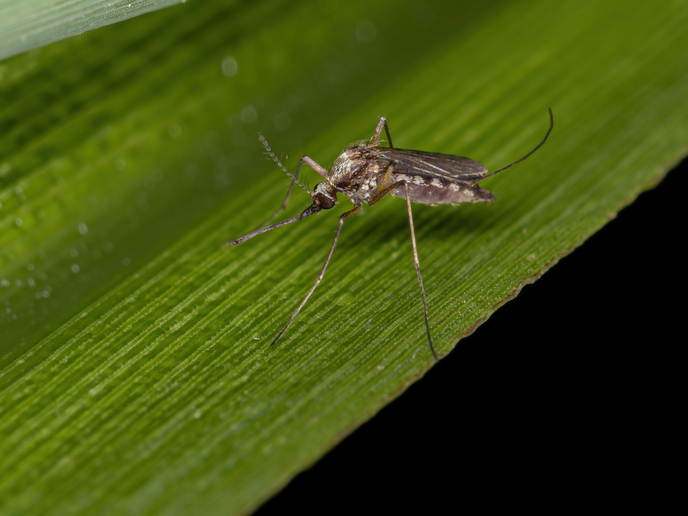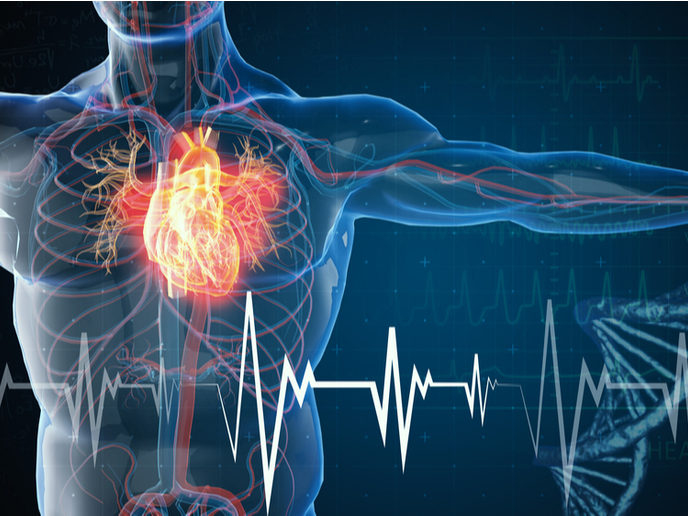Studying inter-vertebral disc degeneration
Inter-vertebral disc degeneration, related to spinal disorders including back pain, is the main source of disability in the elderly section of the population. This sort of disorder is a result of a complex interaction between ageing, genetics and life-style factors. Motivated by this the EURODISC project focused on gaining a better understanding of spinal disc degeneration-associated conditions. This involved detailed studies on the inter-relations between mechanical changes, cellular activity and tissue breakdown. Aiming to explore the impact of high mechanical loads on inter-vertebral disc cells, the experimental set up included an innovative hydrostatic pressure device. This applied high hydrostatic pressure with minimum loads of the order of 3MPa with the aid of a compression cylinder. Cell-seeded scaffolds were sealed in sterile infusion bags which were filled with culture medium. These bags were introduced into the device's cylinder tube that had all its residual air removed and was filled with fluid. For the purposes of the application a calibrated machine provided the hydraulic loading frame and a computer-based loading programme the hydrostatic pressure, which was sensor-monitored. Changes in the applied pressure conditions included variation of the pressure magnitude and the duration and the number of repetitions of loading cycles. Apart from disc cell scaffolds, complete disc samples could also be loaded. The obtained results were further analysed and provided disc cell gene expression, cell viability and cell signalling molecules in conditioned media. These were further compared against those derived from control cultures without any load application provided. For further information click at: http://www.physiol.ox.ac.uk/EURODISC/







